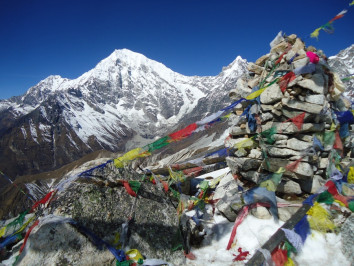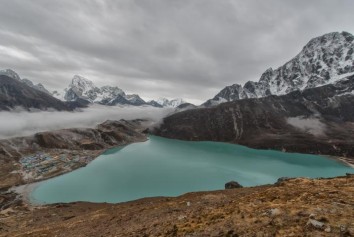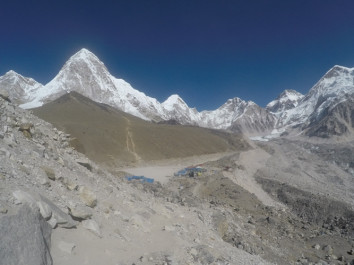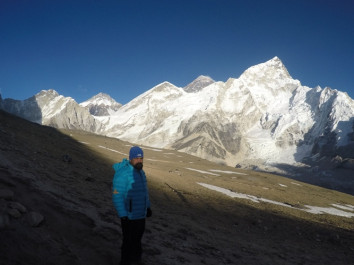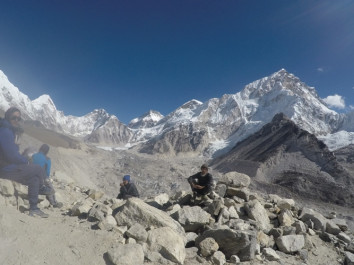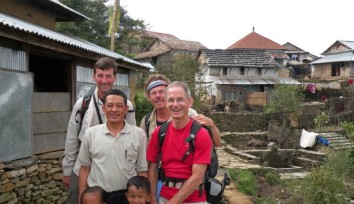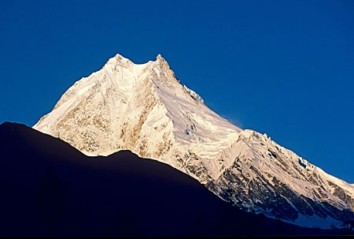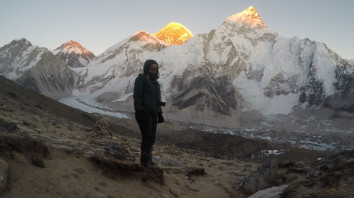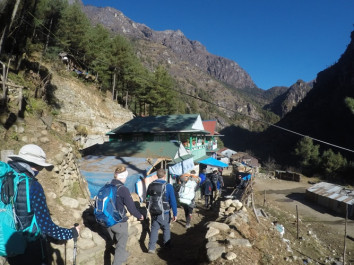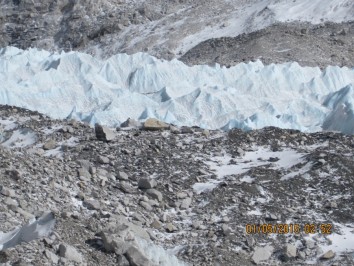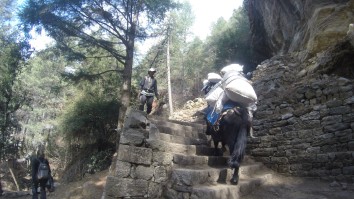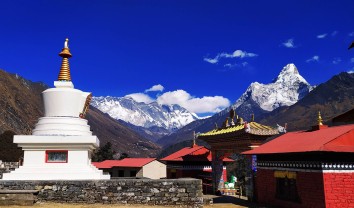What is trekking vs hiking?
Trekking and hiking are both outdoor activities that involve walking in natural environments, but they have some distinctions in terms of duration, difficulty, and the type of terrain involved.
Table of Contents
Hiking: Hiking is generally considered to be a shorter and less strenuous activity compared to trekking. It often involves walking on well-marked trails or paths, usually for a few hours to a full day. Hiking trails can vary in difficulty, ranging from easy, flat terrain suitable for beginners to more challenging routes with steep inclines and rugged terrain. Hiking can be enjoyed by people of all ages and fitness levels, and it's a great way to explore local parks, forests, and other natural areas without the need for extensive preparation or specialized equipment.
Trekking: Trekking, on the other hand, typically refers to longer and more demanding journeys that may last several days or even weeks. Treks often take place in remote or wilderness areas where trails may be less defined, and the terrain can be rugged and challenging. Trekkers usually carry heavier packs with camping gear, food, and other essentials for self-sufficiency during their journey. Unlike hiking, trekking requires more preparation, physical fitness, and outdoor skills such as navigation and wilderness survival. Treks can range from moderate to extremely difficult, depending on factors such as altitude, climate, and terrain.
In summary, while both hiking and trekking involve walking in nature, hiking is usually shorter and easier, suitable for a wide range of abilities, while trekking involves longer, more challenging journeys that require greater preparation and endurance.
What is hiking ?
Hiking is a recreational activity that involves walking in natural environments, typically on trails or footpaths in the countryside. Hikers often go on short trips of a few hours to a full day, exploring forests, mountains, hills, and other scenic areas. The primary goal of hiking is to enjoy nature, exercise, and spend time outdoors.
Similarities Between Hiking and Trekking
While hiking and trekking are distinct activities, they share several similarities:
-
Nature Exploration:
- Both activities involve walking in natural settings, such as forests, mountains, and rural areas, allowing participants to connect with nature.
-
Physical Exercise:
- Hiking and trekking are both excellent forms of physical exercise. They help improve cardiovascular health, build muscle strength, and enhance overall fitness.
-
Equipment and Gear:
- The basic gear for both activities is similar and includes sturdy footwear, comfortable clothing, backpacks, navigation tools (maps, compasses, GPS), water bottles, and often trekking poles.
-
Mental and Emotional Benefits:
- Engaging in either activity can reduce stress, improve mental well-being, and provide a sense of accomplishment. Both offer a chance to unplug from daily life and rejuvenate mentally.
-
Outdoor Skills:
- Both hiking and trekking require a certain level of outdoor skills, such as navigation, understanding weather patterns, and basic first aid.
-
Environmental Awareness:
- Participants in both activities often develop a heightened awareness and appreciation for the environment and may become advocates for conservation efforts.
Differences Between Hiking and Trekking
While they share many similarities, hiking and trekking also have key differences:
-
Duration:
- Hiking is generally shorter in duration, often a few hours to a day.
- Trekking typically involves multi-day journeys, sometimes extending to weeks or even months.
-
Distance and Difficulty:
- Hiking trails are usually well-marked and maintained, with varying levels of difficulty from easy to strenuous.
- Trekking routes are often longer and can be more challenging, involving remote and rugged terrain that may require more advanced preparation and endurance.
-
Accommodation:
- Hiking usually does not require overnight stays, or if it does, hikers often return to a base camp or lodge.
- Trekking usually involves camping or staying in basic shelters along the route, often in more remote areas.
-
Planning and Preparation:
- Hiking requires less extensive planning and can be more spontaneous.
- Trekking demands thorough preparation, including planning routes, arranging supplies, and possibly coordinating with guides or support teams.
In summary, hiking and trekking both offer enriching outdoor experiences, with hiking being more accessible for shorter, casual outings, and trekking providing more extensive and challenging adventures.
Recent Posts

20th Oct, 2022
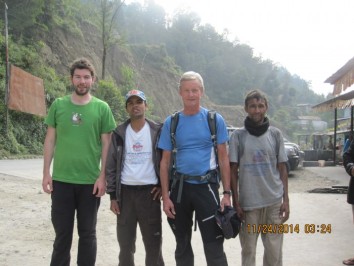
20th Oct, 2022
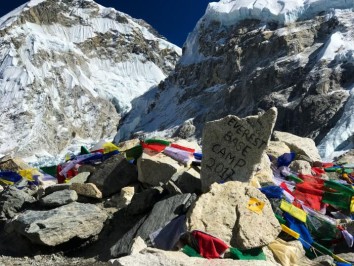
20th Sep, 2020
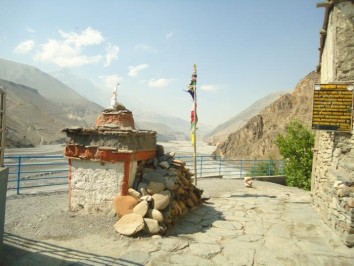
1st Sep, 2020

13th Nov, 2022

13th Nov, 2022
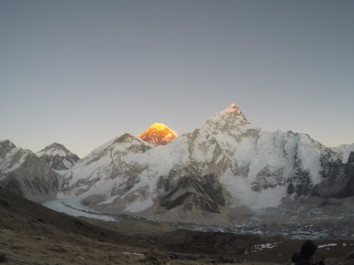
12th Sep, 2017
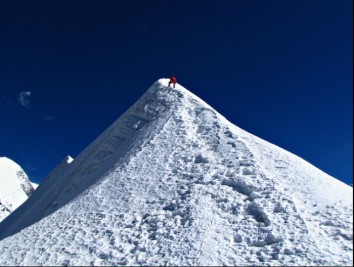
23rd Sep, 2015
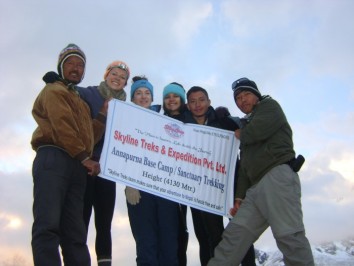
14th Aug, 2016
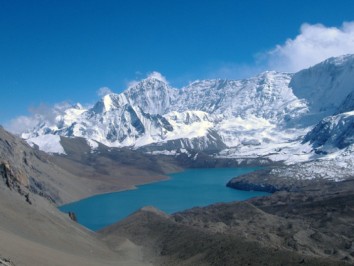
12th Aug, 2016

5th Apr, 2017
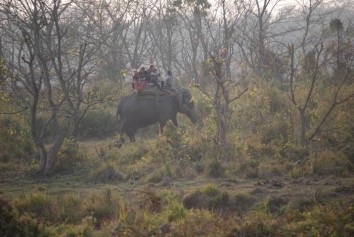
15th Jan, 2017
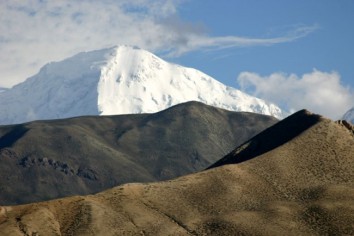
9th Jun, 2016
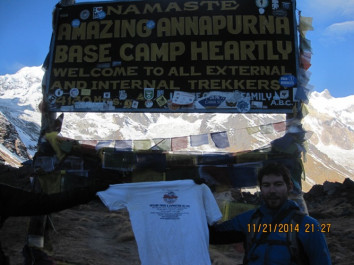
6th Jun, 2017
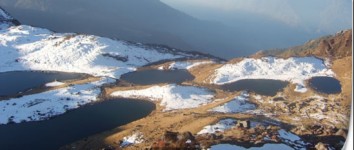
14th Sep, 2015
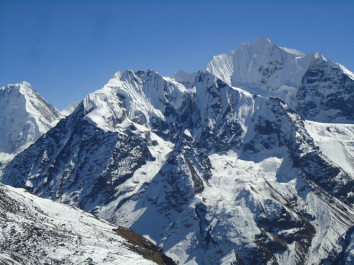
11th Aug, 2016
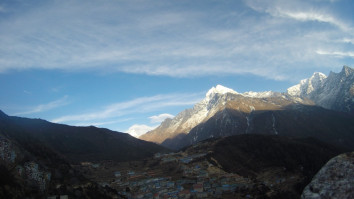
10th Apr, 2017
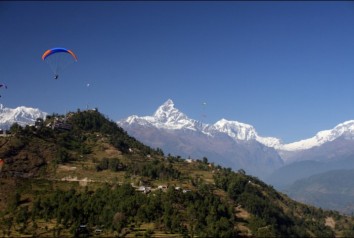
4th Oct, 2015
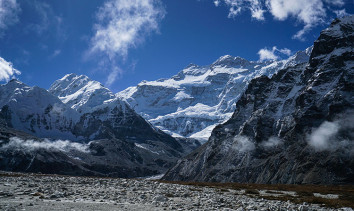
1st Oct, 2015
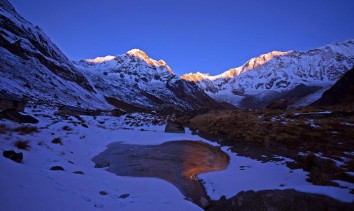
15th Jan, 2018

4th Sep, 2017
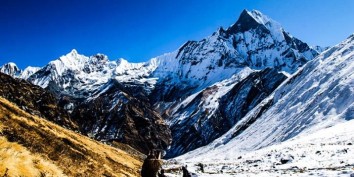
16th Jun, 2017
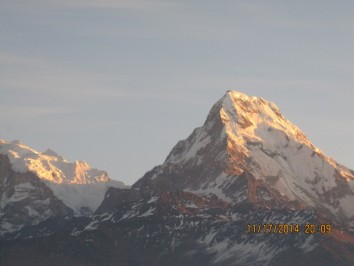
2nd Dec, 2017
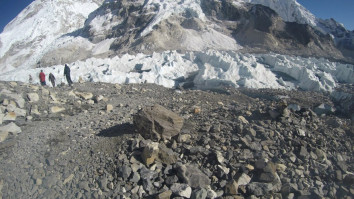
12th Oct, 2015
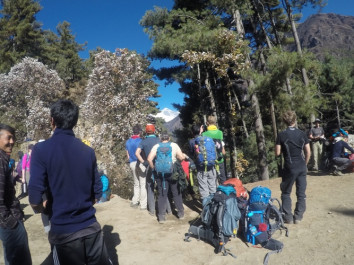
30th Jun, 2016
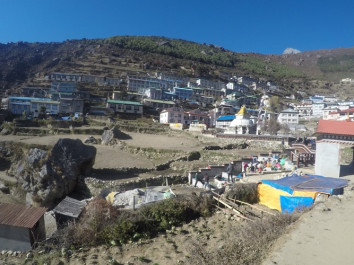
13th Apr, 2017
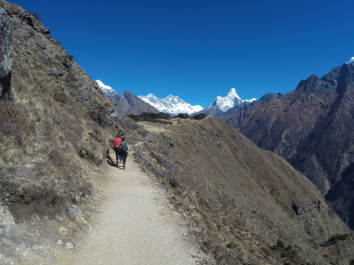
7th Jun, 2016
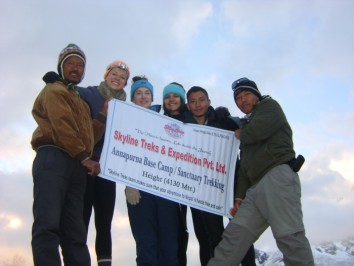
22nd Aug, 2017
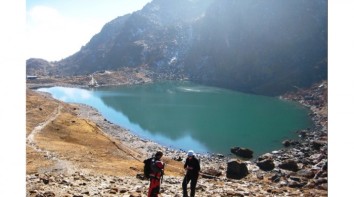
10th Sep, 2015
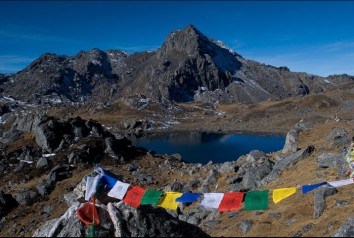
28th Aug, 2015
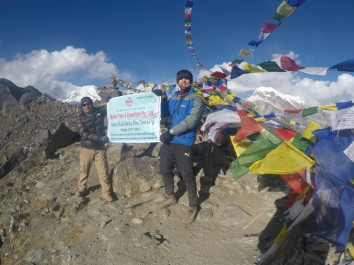
4th Jul, 2016

7th Oct, 2015
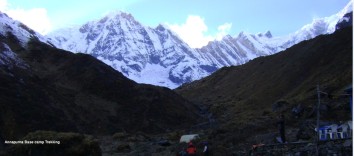
6th Dec, 2017
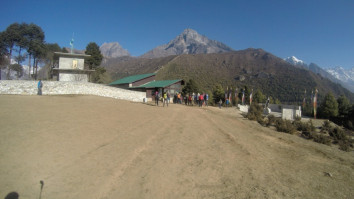
10th Jun, 2016
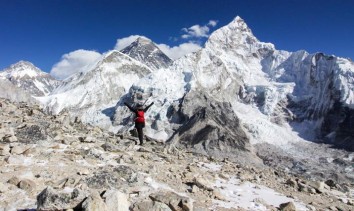
8th Jan, 2018
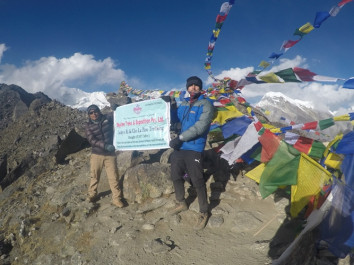
8th Jun, 2016
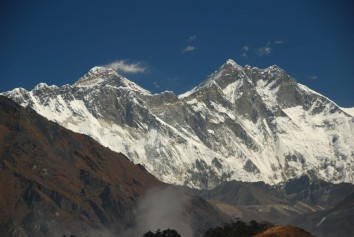
31st Aug, 2017
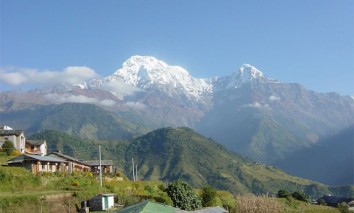
19th Sep, 2017
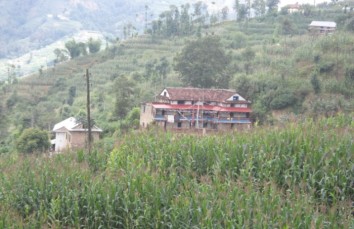
18th Aug, 2015
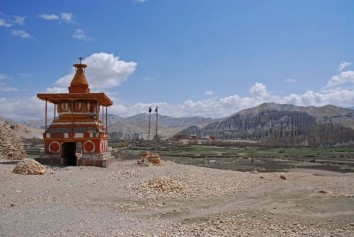
7th Aug, 2018
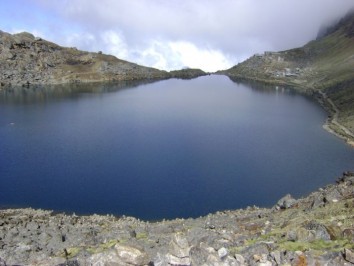
12th Sep, 2017

6th Mar, 2020

19th Sep, 2017
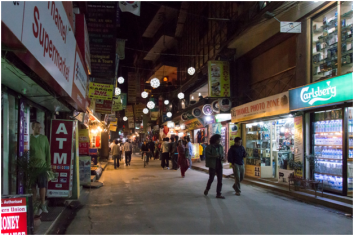
16th Feb, 2020

13th Dec, 2017

17th Jun, 2016
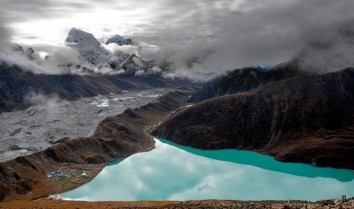
8th Dec, 2017
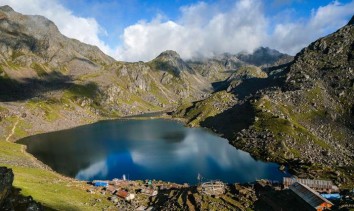
28th Jun, 2017
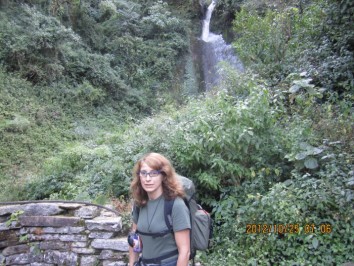
14th Oct, 2015
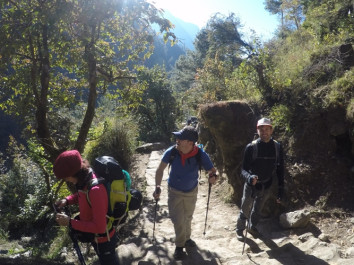
11th Jul, 2016
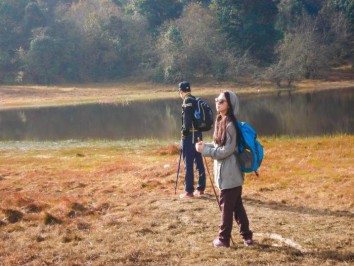
21st Jun, 2017
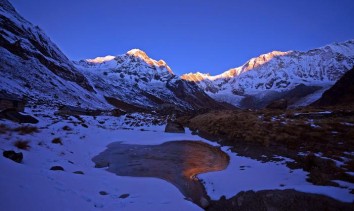
11th Jul, 2020
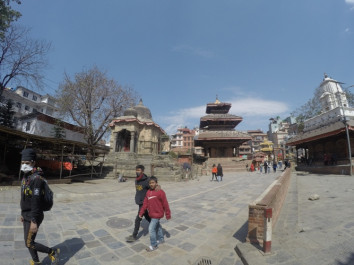
16th Aug, 2015
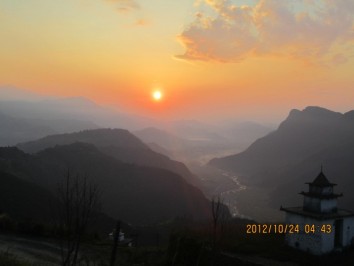
21st Sep, 2015
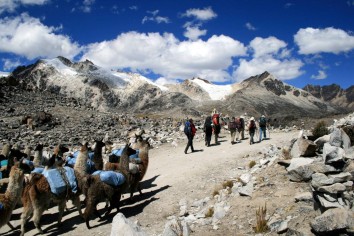
5th Mar, 2020
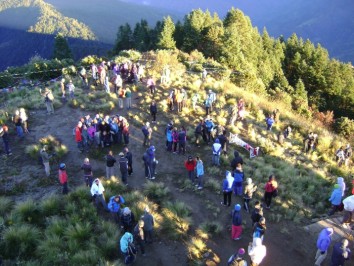
12th Jun, 2017
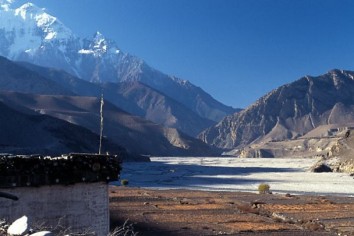
3rd Aug, 2018
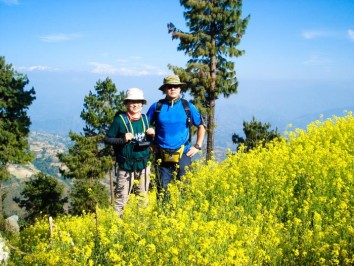
3rd Sep, 2015
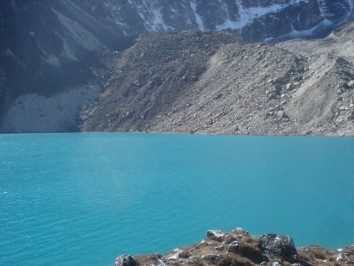
25th Jun, 2017
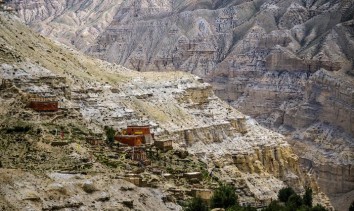
2nd Sep, 2020

3rd Jul, 2016
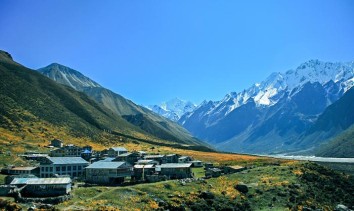
24th Jun, 2016

11th Aug, 2017
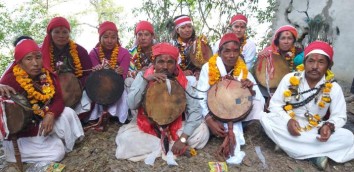
12th Jun, 2016
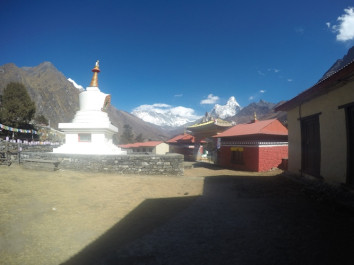
11th Sep, 2015
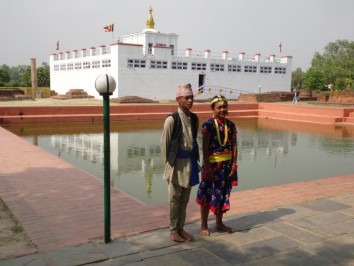
6th Aug, 2017
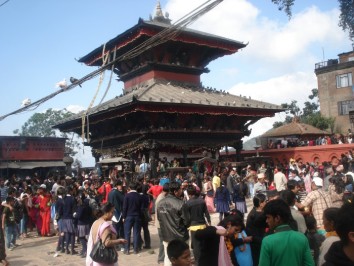
3rd Aug, 2017
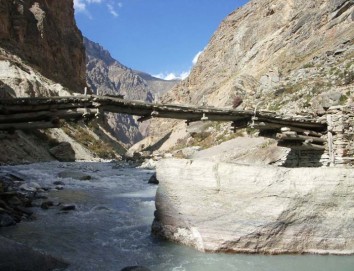
26th Jun, 2016
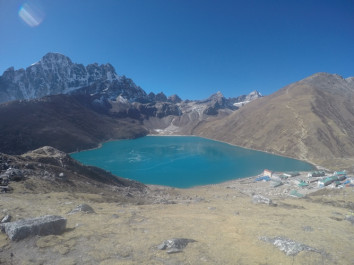
6th Jun, 2016
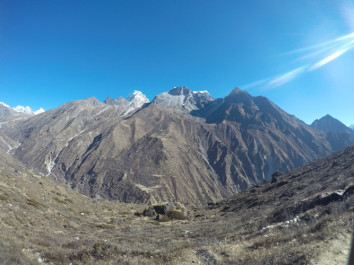
30th Aug, 2015
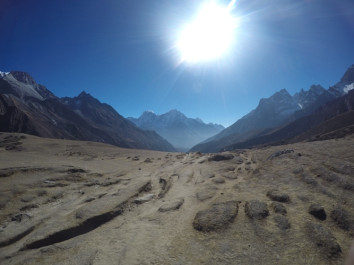
7th Sep, 2015

26th Aug, 2015
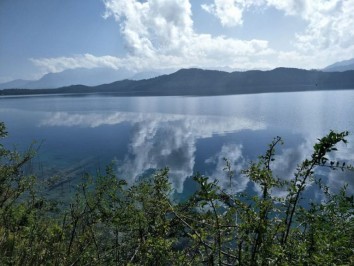
5th Sep, 2015
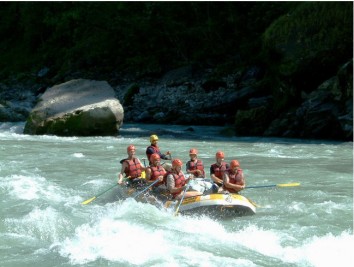
16th Sep, 2015

20th Sep, 2015
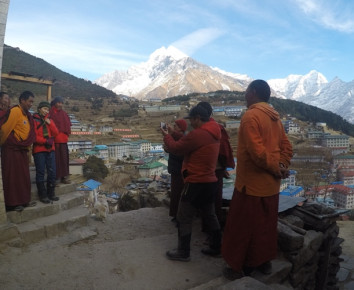
16th Jun, 2016
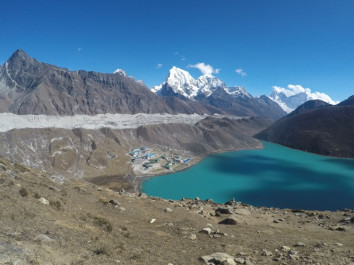
15th Dec, 2016
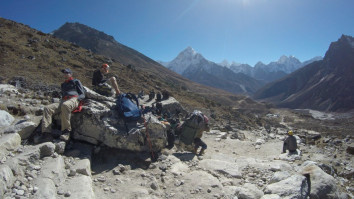
6th Jul, 2016

22nd Mar, 2020
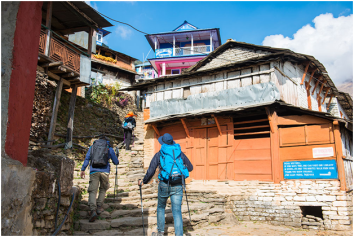
10th Mar, 2020
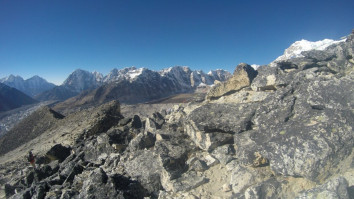
5th Aug, 2016
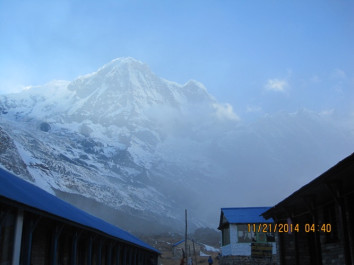
23rd Sep, 2016
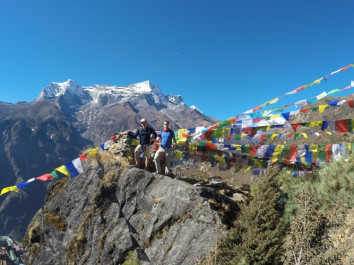
1st Sep, 2015
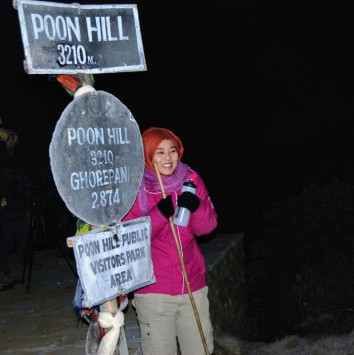
13th Dec, 2017
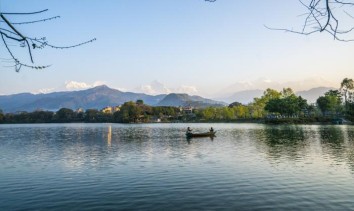
20th Jul, 2017
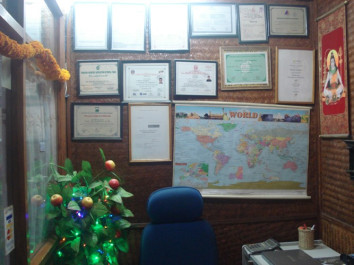
12th Aug, 2015
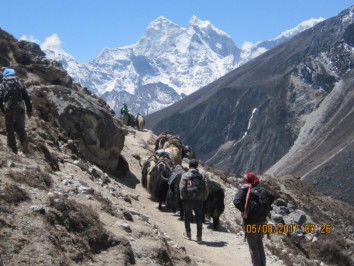
17th Nov, 2017
24th Aug, 2015
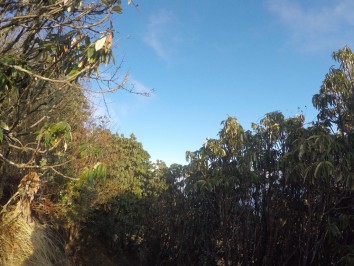
18th Sep, 2017
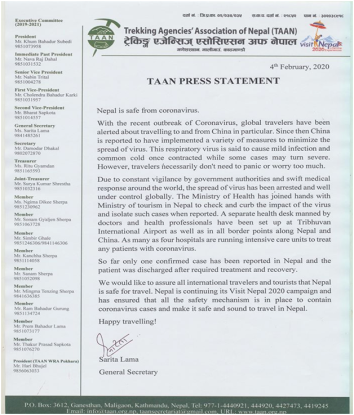
23rd Feb, 2020
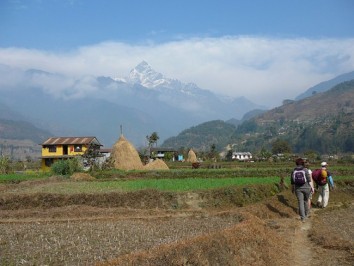
14th Jun, 2017
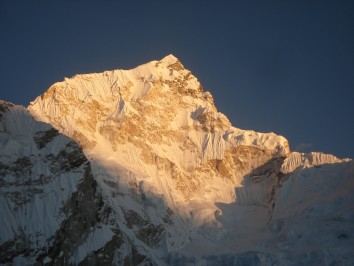
26th Jun, 2017
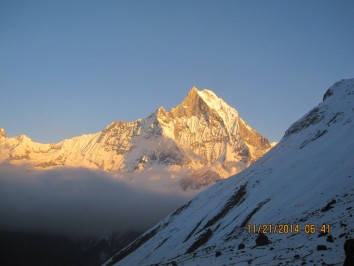
19th Aug, 2015
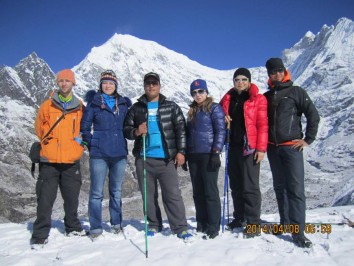
7th Apr, 2017
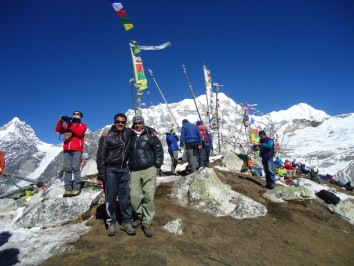
1st Jul, 2016
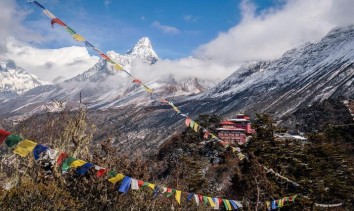
20th Sep, 2016

5th Jul, 2016
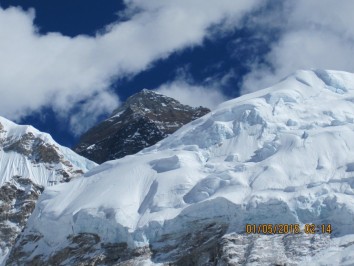
10th Jul, 2016
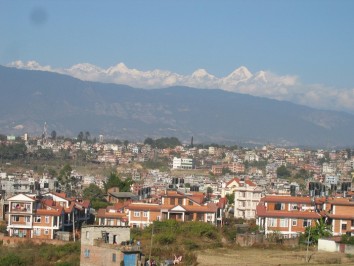
12th Mar, 2020
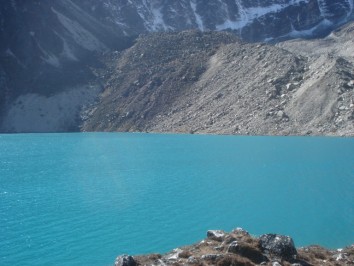
30th Jun, 2017
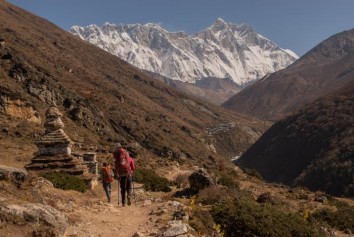
30th Aug, 2018

23rd Jul, 2017
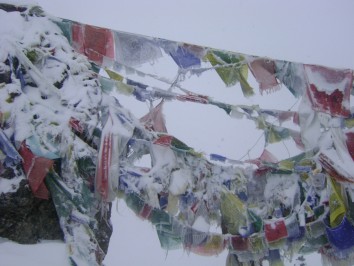
12th Jan, 2017

23rd Jul, 2017
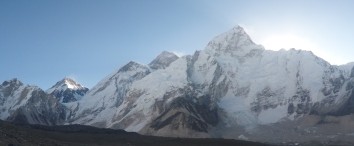
11th Aug, 2017
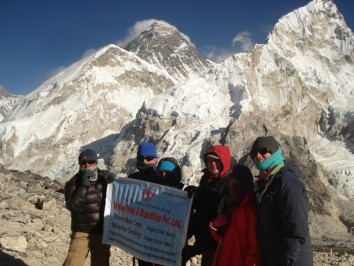
2nd Jul, 2017
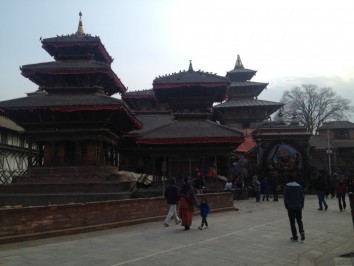
4th Sep, 2018
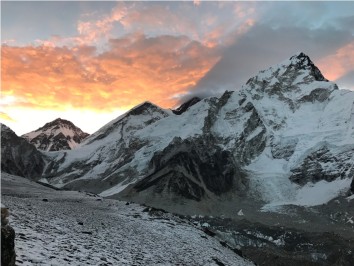
11th Aug, 2017
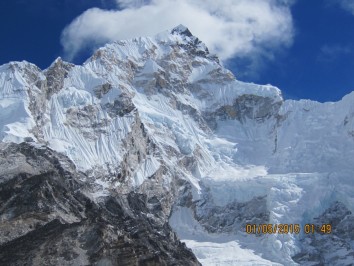
27th Jun, 2016
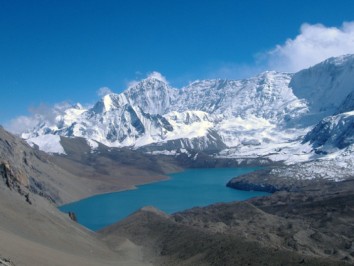
2nd Apr, 2017
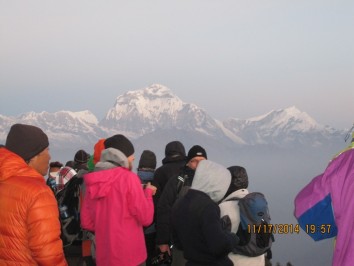
28th Jun, 2016
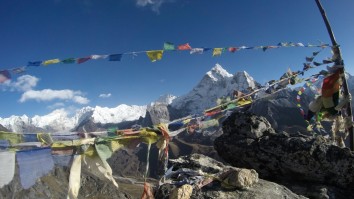
23rd Jun, 2016
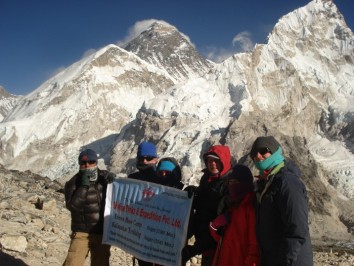
21st Sep, 2018
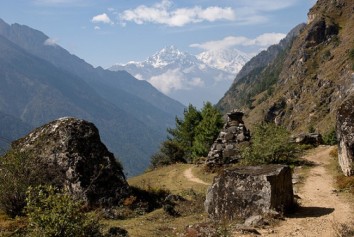
25th Sep, 2015

15th Sep, 2017
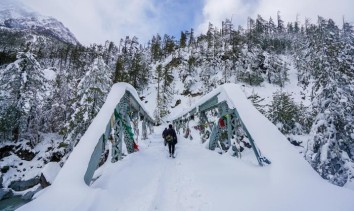
21st Jun, 2016
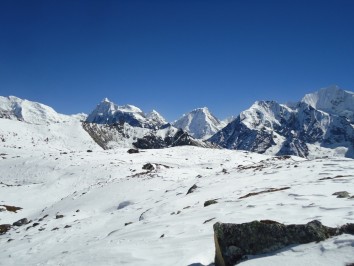
21st Aug, 2015
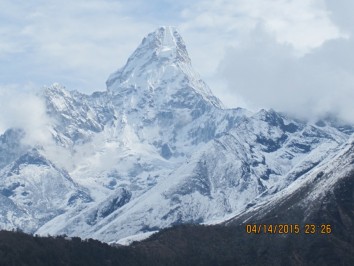
8th Jul, 2016
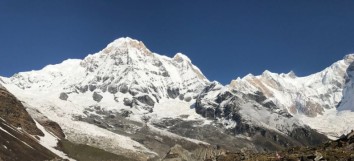
1st Jan, 2018

28th Sep, 2015
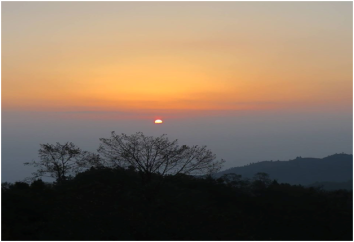
5th Mar, 2020
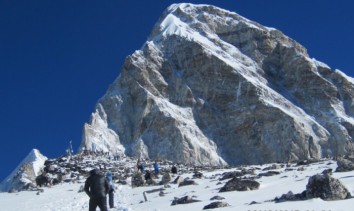
12th Sep, 2017
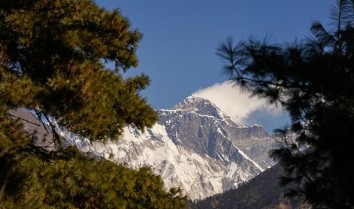
12th Sep, 2020

22nd Aug, 2017
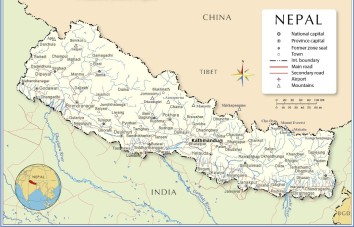
18th Aug, 2017
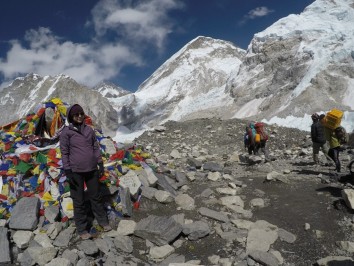
27th Sep, 2016
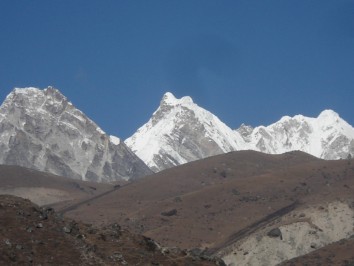
13th Jan, 2016
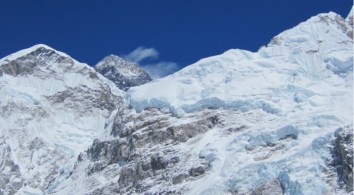
18th Aug, 2017

23rd Feb, 2020

6th May, 2018

31st Aug, 2017

17th Feb, 2020
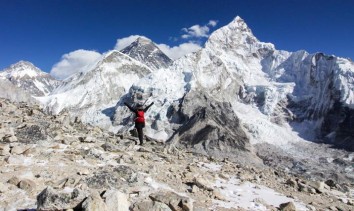
23rd Oct, 2017
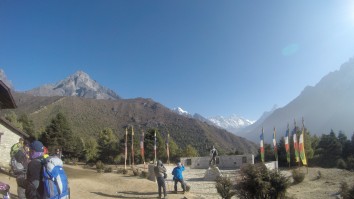
2nd Jul, 2016

9th Aug, 2016
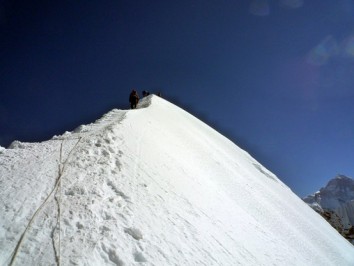
23rd Nov, 2022
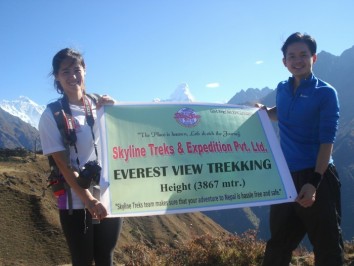
23rd Nov, 2022

18th Dec, 2022
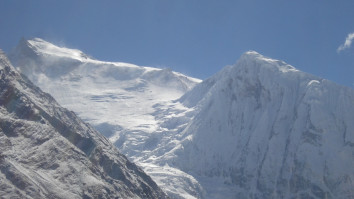
11th Mar, 2023
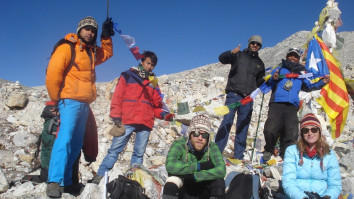
11th Mar, 2023
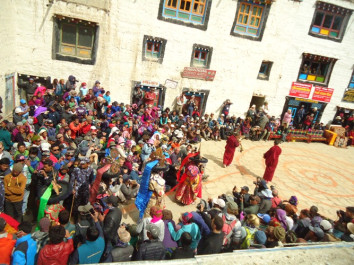
13th Mar, 2023
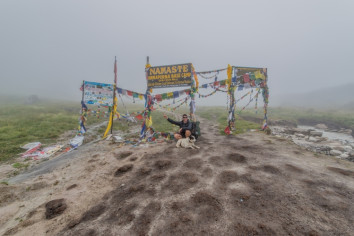
14th Mar, 2023

15th Mar, 2023
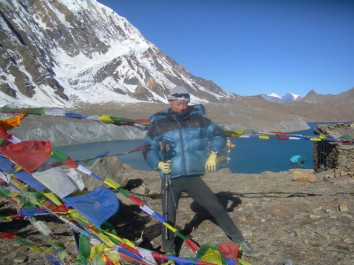
16th Mar, 2023
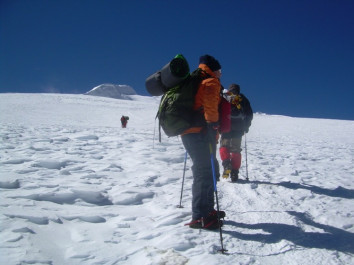
17th Mar, 2023
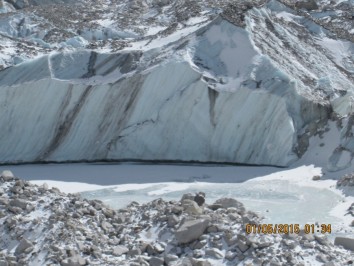
18th Mar, 2023
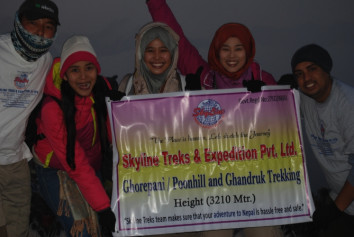
19th Mar, 2023
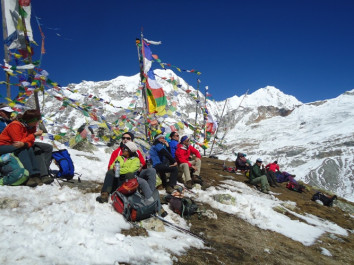
20th Mar, 2023
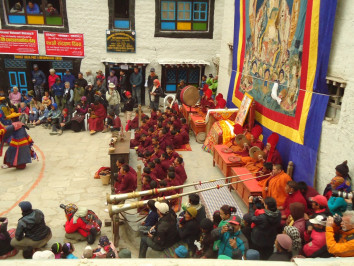
23rd Mar, 2023
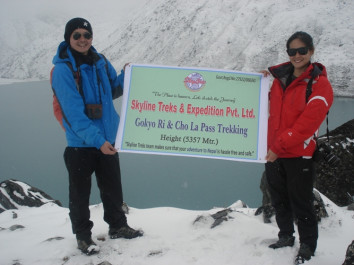
26th Mar, 2023
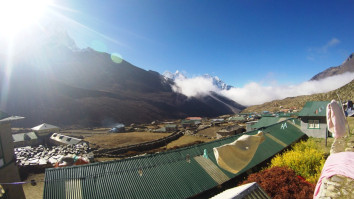
3rd Apr, 2023
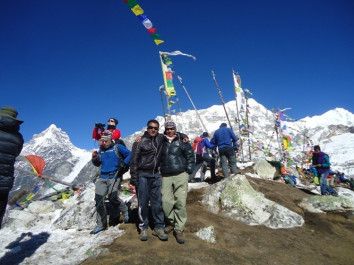
11th Apr, 2023
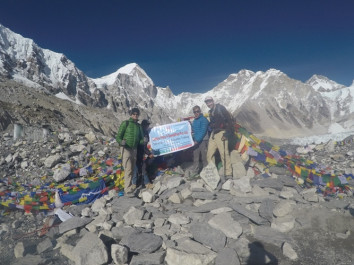
11th May, 2023
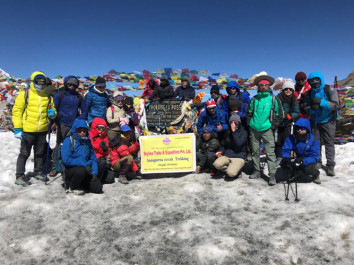
27th May, 2023
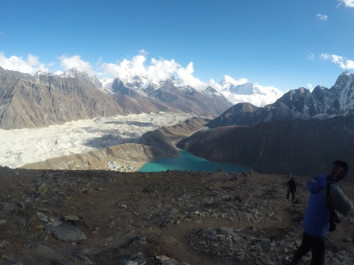
30th May, 2023
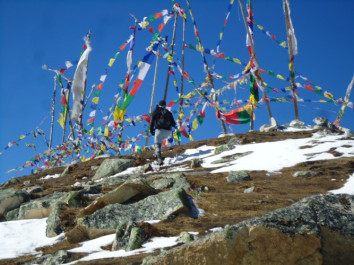
1st Jun, 2023
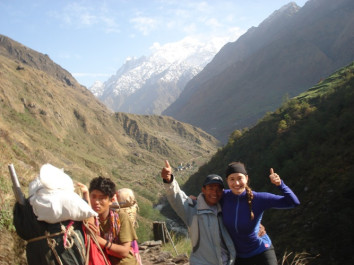
3rd Jun, 2023
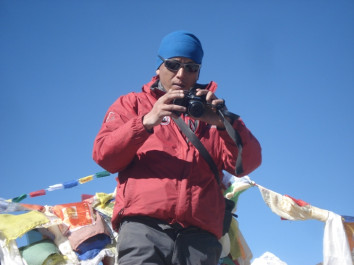
4th Jun, 2023
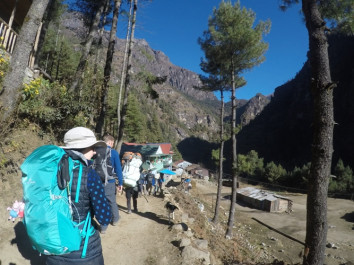
6th Jun, 2023
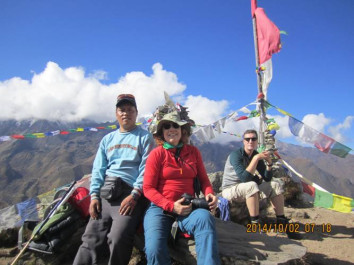
14th Jun, 2023
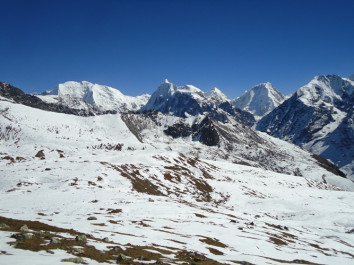
16th Jun, 2023
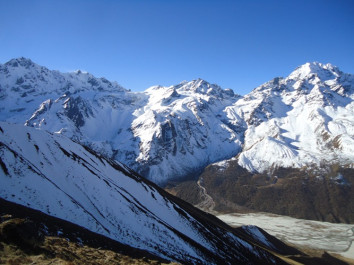
18th Jun, 2023
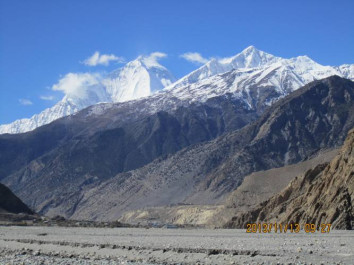
24th Jun, 2023
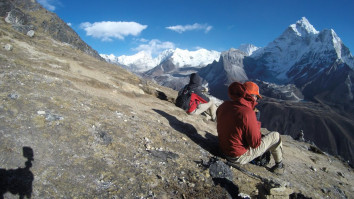
29th Jun, 2023
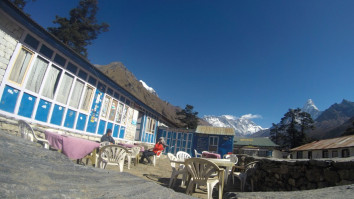
2nd Jul, 2023
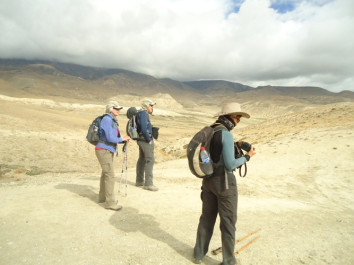
4th Jul, 2023
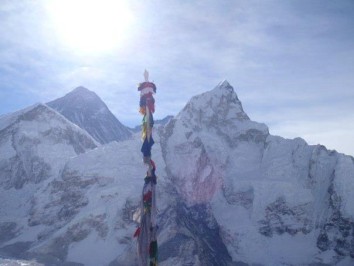
8th Jul, 2023
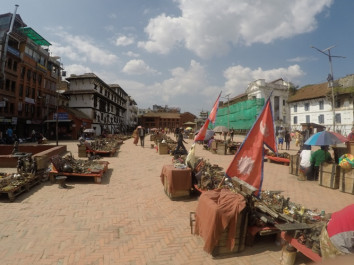
25th Jul, 2023
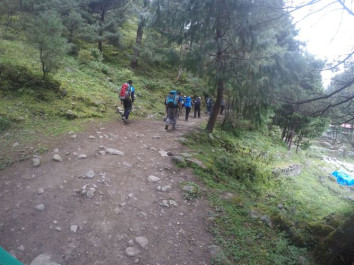
5th Aug, 2023
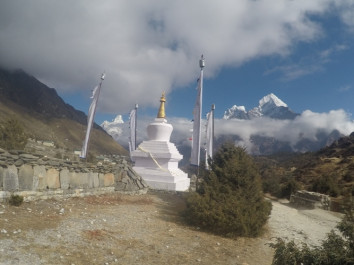
6th Aug, 2023
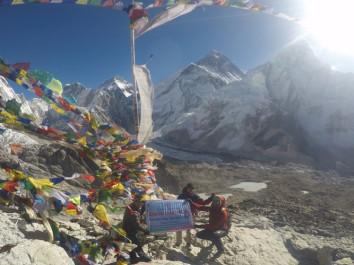
7th Aug, 2023
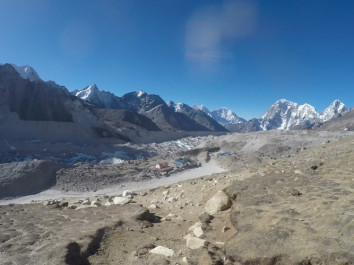
10th Aug, 2023
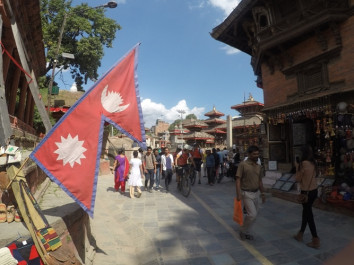
11th Aug, 2023
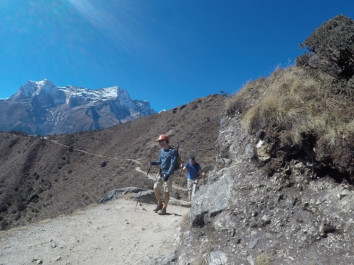
12th Aug, 2023
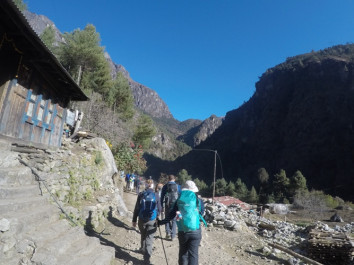
13th Aug, 2023
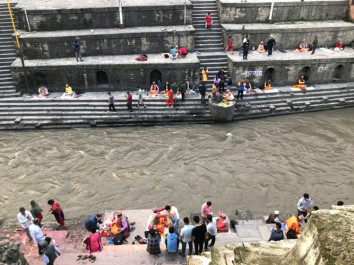
22nd Aug, 2023
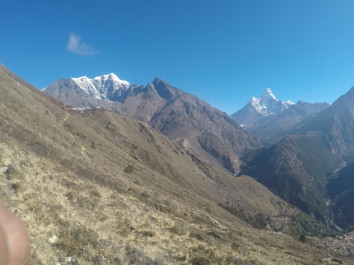
23rd Aug, 2023

24th Aug, 2023
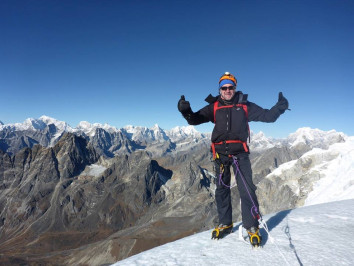
26th Aug, 2023
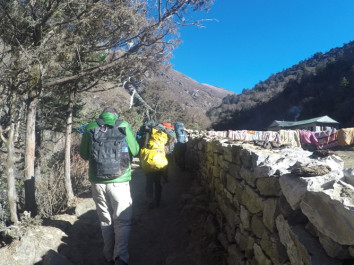
27th Aug, 2023
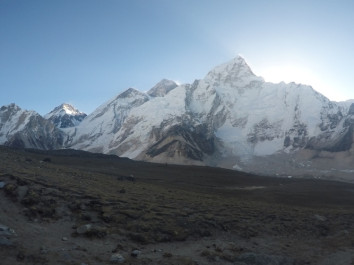
31st Aug, 2023
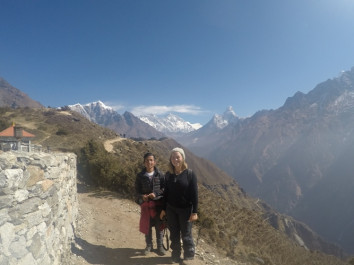
3rd Sep, 2023
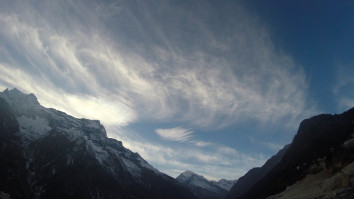
8th Sep, 2023
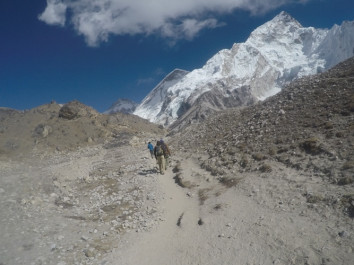
12th Sep, 2023
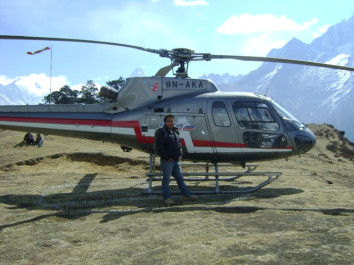
20th Sep, 2023

21st Sep, 2023
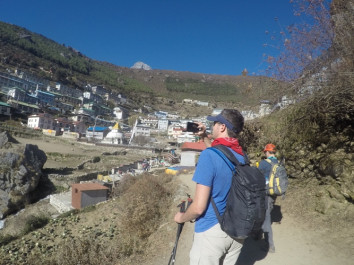
22nd Sep, 2023
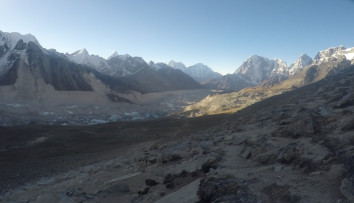
23rd Sep, 2023
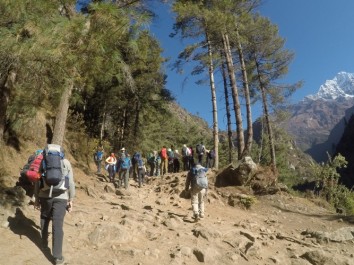
30th Sep, 2023
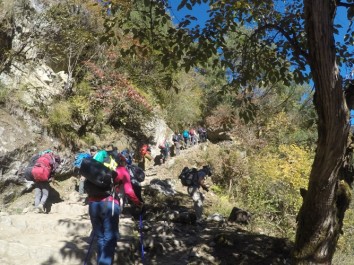
1st Oct, 2023
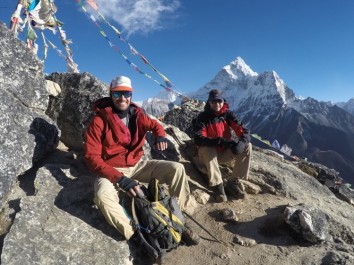
2nd Oct, 2023
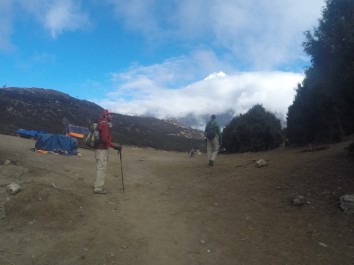
6th Oct, 2023
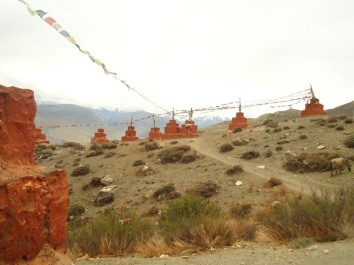
10th Oct, 2023
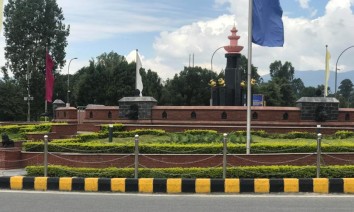
11th Oct, 2023
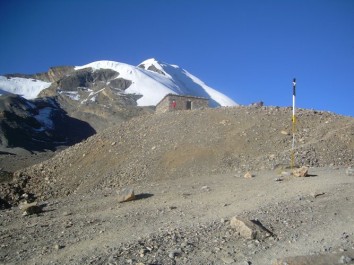
15th Oct, 2023
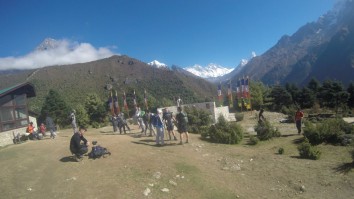
16th Oct, 2023
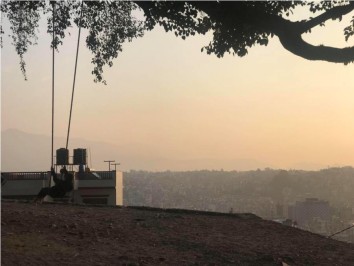
17th Oct, 2023
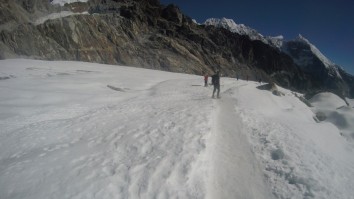
18th Oct, 2023
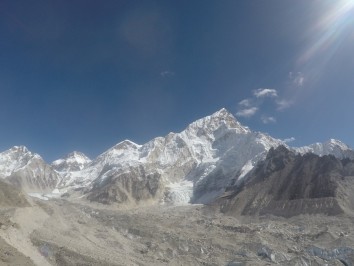
21st Oct, 2023
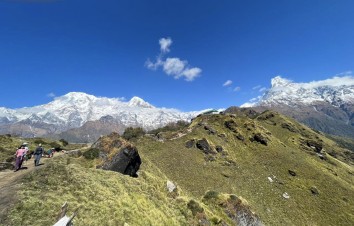
28th Oct, 2023
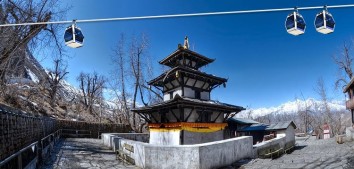
30th Oct, 2023
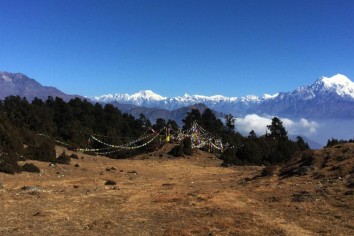
1st Nov, 2023
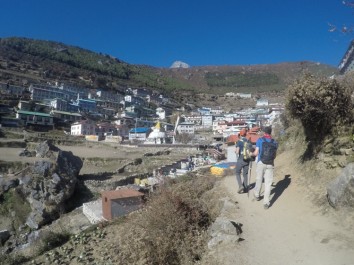
3rd Nov, 2023
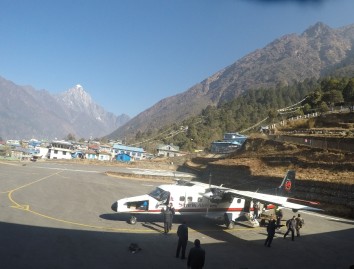
10th Nov, 2023
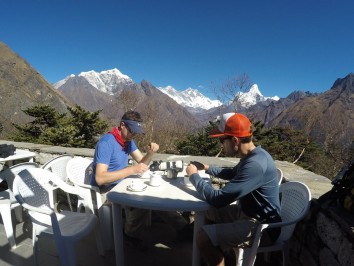
12th Nov, 2023
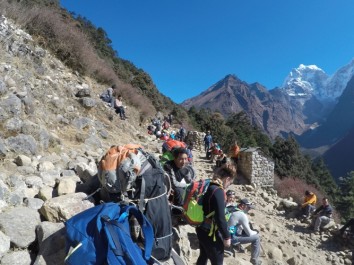
27th Nov, 2023
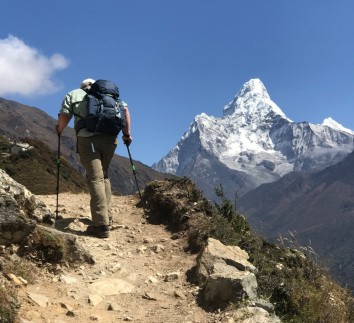
30th Nov, 2023
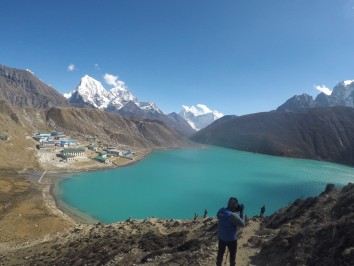
6th Dec, 2023
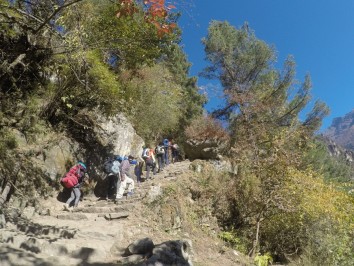
7th Dec, 2023
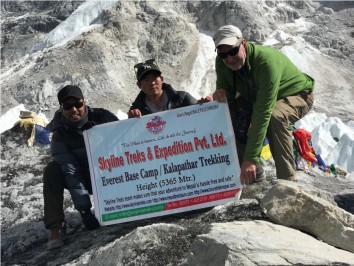
8th Dec, 2023
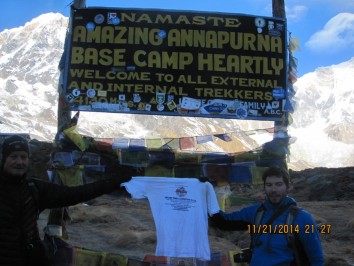
9th Dec, 2023
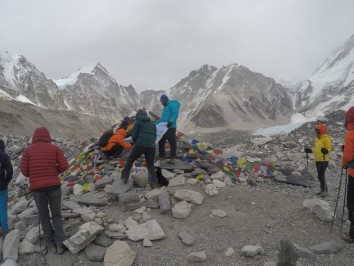
10th Dec, 2023
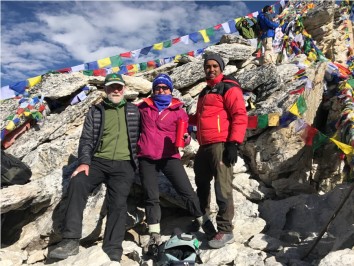
13th Dec, 2023
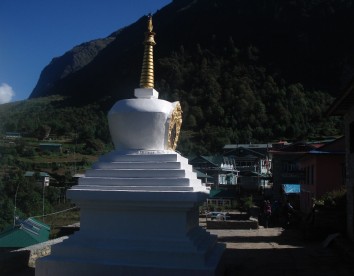
15th Dec, 2023
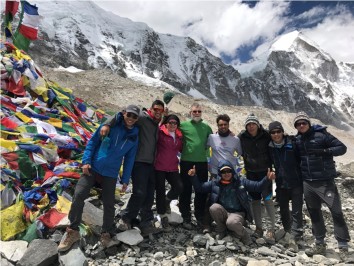
25th Dec, 2023
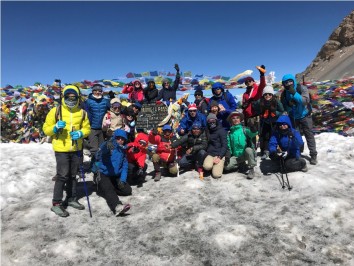
7th Jan, 2024
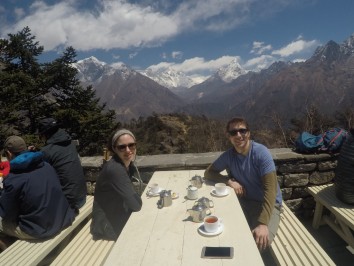
17th Jan, 2024
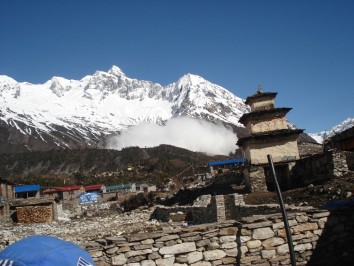
1st Feb, 2024
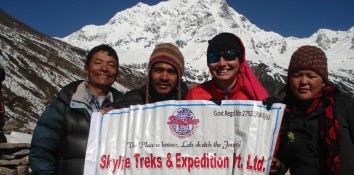
4th Feb, 2024
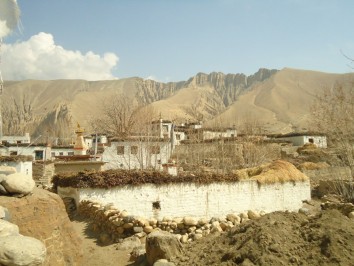
12th Feb, 2024
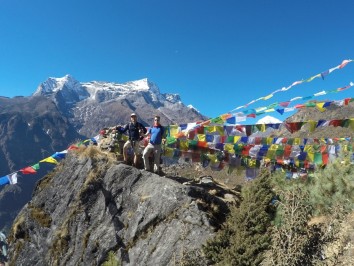
17th Feb, 2024

22nd Feb, 2024
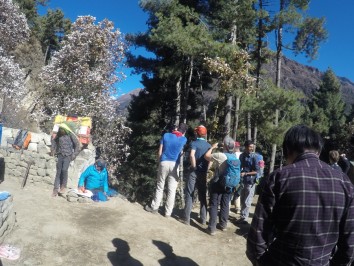
7th Mar, 2024
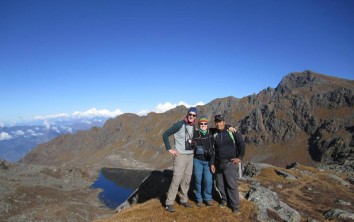
10th Mar, 2024
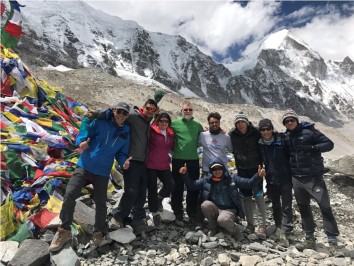
30th Mar, 2024
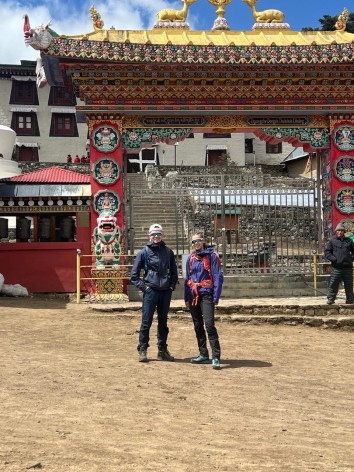
3rd Apr, 2024
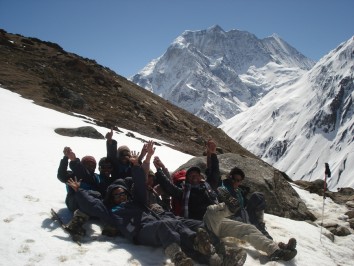
6th Apr, 2024
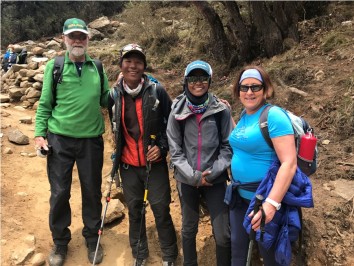
10th Apr, 2024
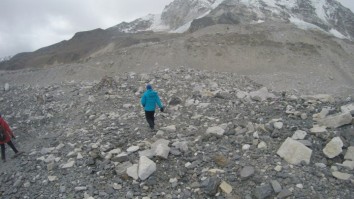
1st May, 2024
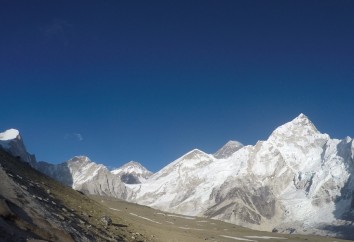
4th May, 2024
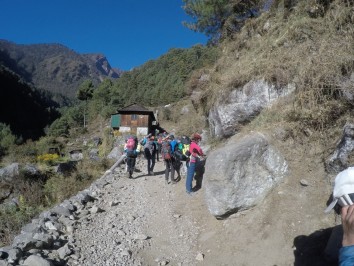
5th May, 2024
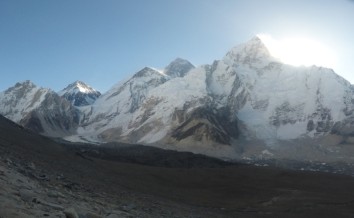
7th May, 2024
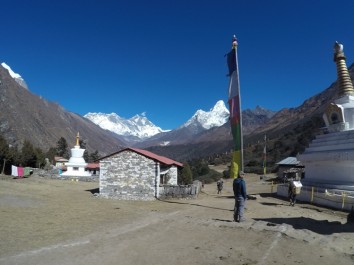
10th May, 2024
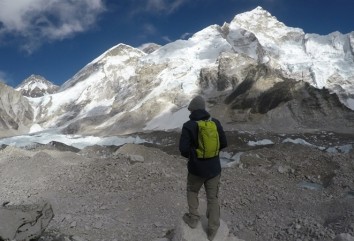
15th May, 2024
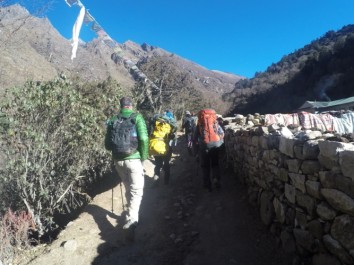
26th May, 2024
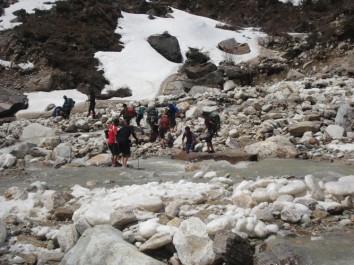
2nd Jun, 2024
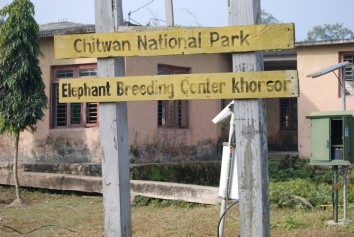
22nd Jun, 2024
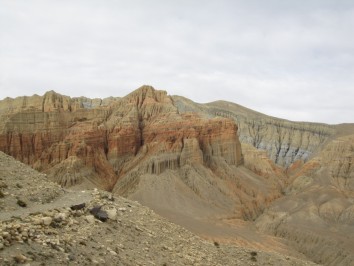
2nd Jul, 2024
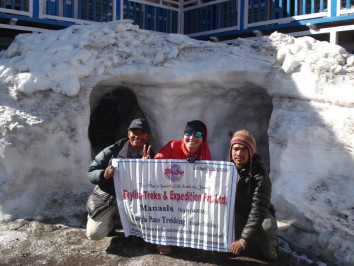
3rd Jul, 2024
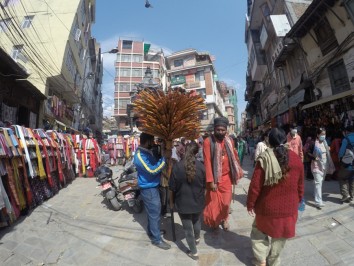
6th Jul, 2024
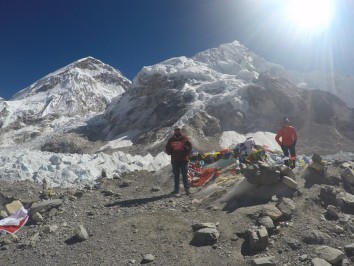
7th Jul, 2024
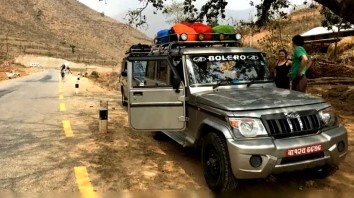
19th Jul, 2024
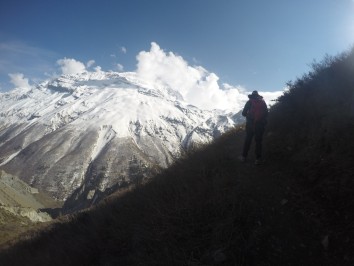
23rd Jul, 2024

28th Jul, 2024
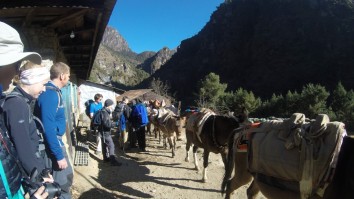
31st Jul, 2024
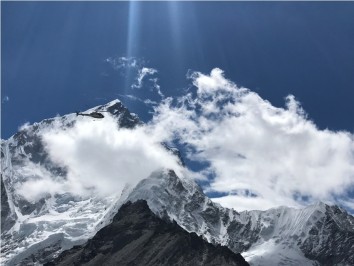
23rd Aug, 2024
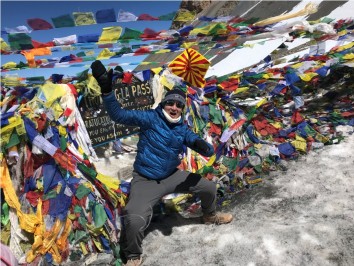
19th Oct, 2024

21st Oct, 2024
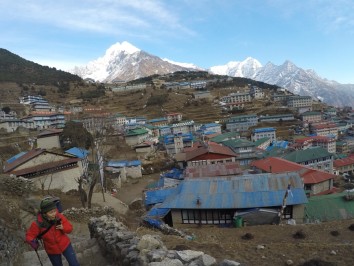
23rd Jan, 2025
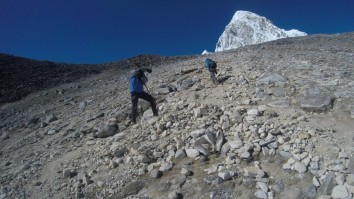
8th Feb, 2025
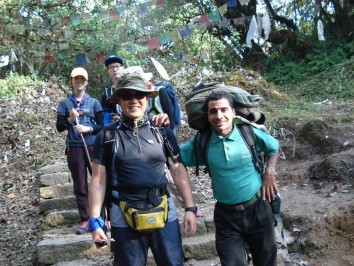
9th Mar, 2025
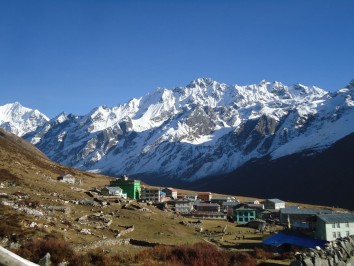
15th Mar, 2025
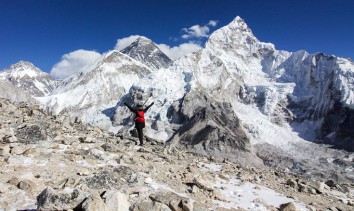
17th Mar, 2025
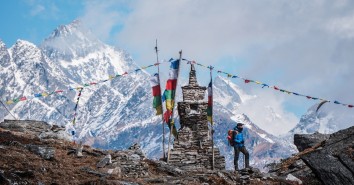
18th Mar, 2025

19th Mar, 2025

20th Mar, 2025

23rd Mar, 2025
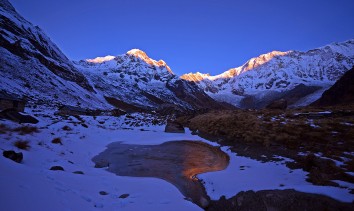
6th Apr, 2025
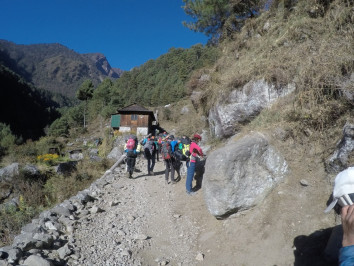
6th Apr, 2025
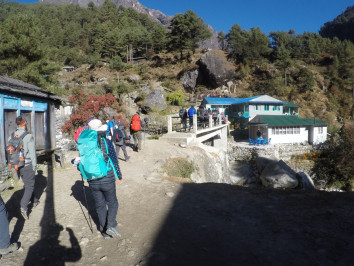
6th Apr, 2025
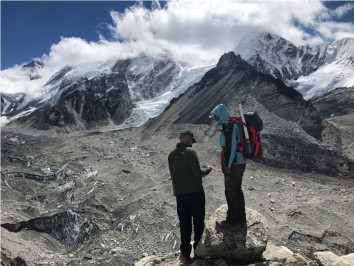
9th Apr, 2025
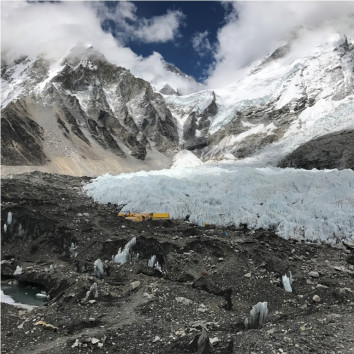
9th Apr, 2025
